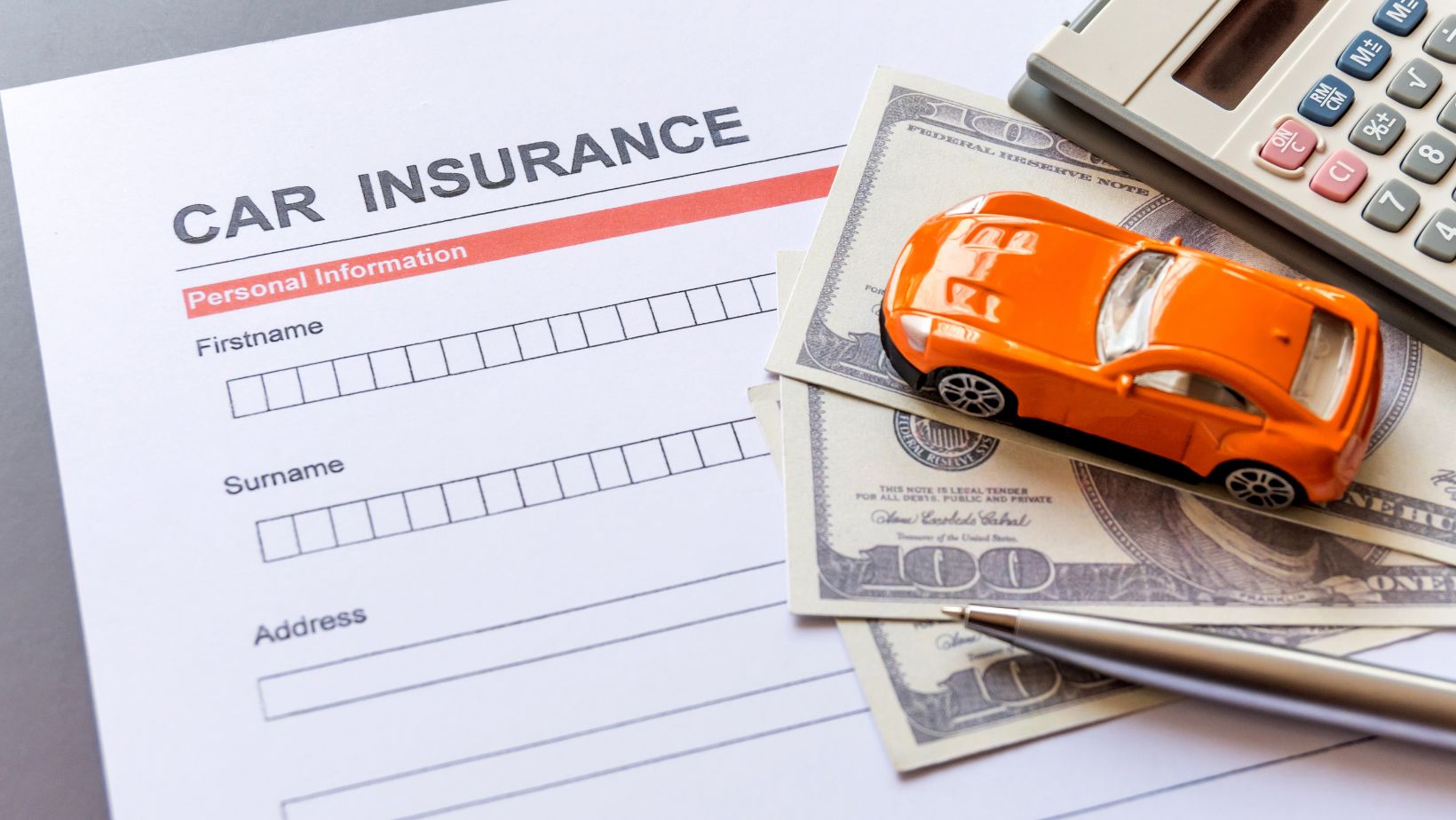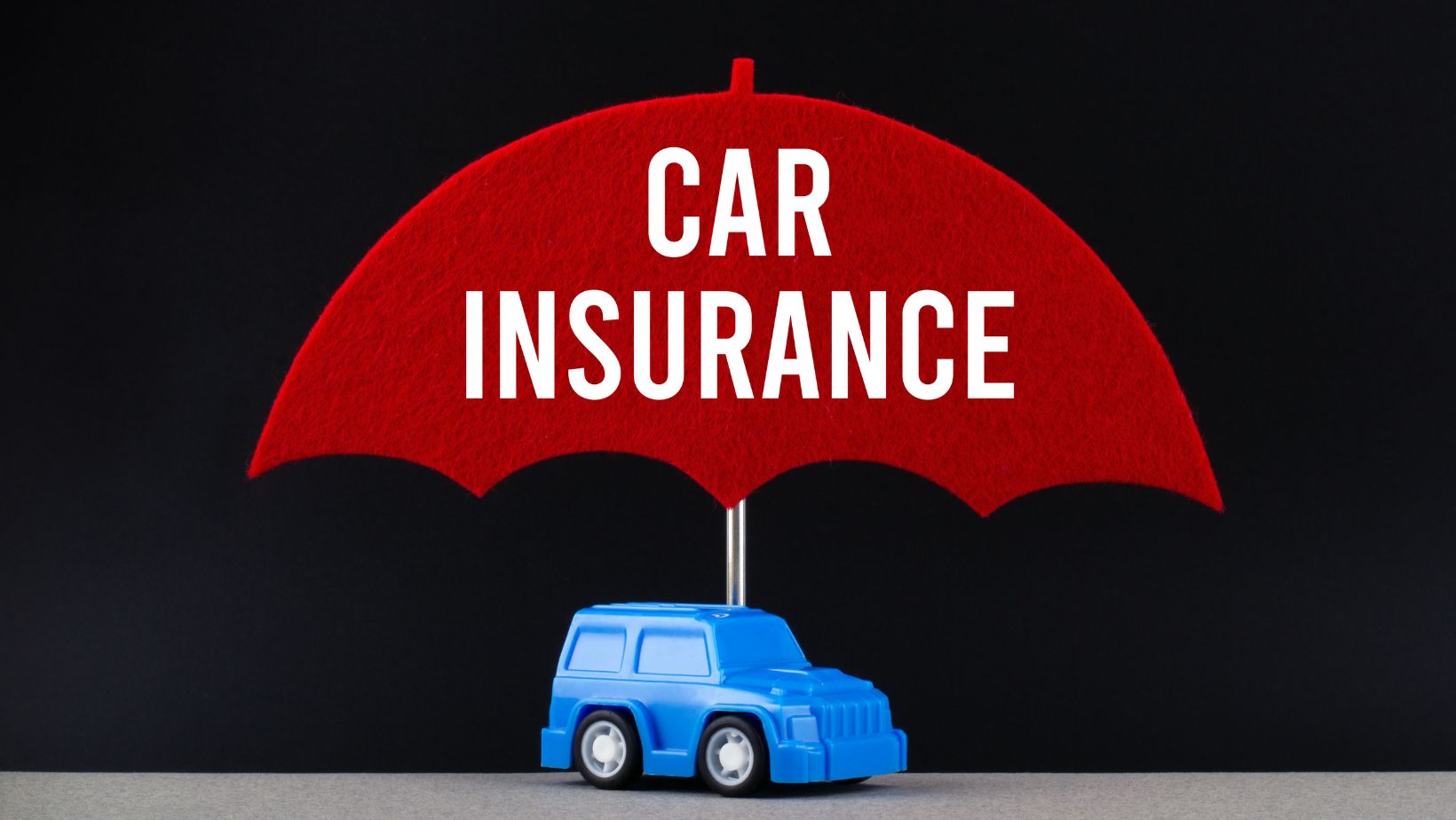
Selecting appropriate car insurance will lead to significant savings and give you confidence during your drives. The multitude of providers and pricing structures lead many drivers to spend too much on unnecessary coverage while others face the risk of insufficient insurance protection.
An appropriate car insurance policy should match your unique requirements while considering your financial limits and driving patterns. Familiarity with the main elements that determine your insurance costs along with knowing the right questions to pose will enable you to obtain great coverage at a reasonable price.
What You’ll Discover:
- Understanding Car Insurance Basics
- How to Evaluate Your Coverage Needs
- Top Factors That Affect Your Premium
- Smart Ways to Compare Insurance Quotes
- The Electric Vehicle Insurance Challenge
Understanding Car Insurance Basics
Car insurance serves as essential financial protection against major expenses following an accident and remains a legal requirement in most states.
Different car insurance policies offer varying levels of protection and benefits. The basic types of coverage include:
- Liability coverage takes care of all expenses resulting from damage you cause to other people or their property.
- Collision coverage provides financial protection for your vehicle against accident-related damages.
- This coverage option provides protection for your vehicle against theft, vandalism, and all types of damages that do not result from collisions.
- Personal injury protection provides medical expense coverage without considering who caused the accident.
- Uninsured/underinsured motorist coverage safeguards you against motorists who lack sufficient insurance coverage.
Individual circumstances dictate the most effective mix of coverage types as each type fulfills certain specific functions.
Owners of new Tesla vehicles should explore specialized insurance options designed specifically for Tesla cars. Despite facing claims handling criticisms, many customers expressed thoughts about Tesla insurance, and mentioned that the insurance coverage is tailored to address the distinct features and repair expenses associated with electric vehicles.
The essential aspect involves knowing what protection each coverage type offers and determining the level of protection you require.
How to Evaluate Your Coverage Needs
Your ideal coverage requires careful assessment rather than just meeting minimums or selecting every available option. It’s about assessing your specific situation.
When you’re determining your needs, you should evaluate these essential factors.
- Comprehensive coverage becomes more necessary as your car ages and its price increases.
- The places you travel to and the frequency of your driving activities directly influence your risk level
- Your financial situation relates to your capability to cover potential damages without insurance help.
- Your assets represent what you risk losing through litigation if your insurance coverage falls short.
This important information is often withheld from clients by insurance agents…
A large number of drivers find themselves with either excessive insurance coverage or dangerously insufficient protection. The secret is discovering the perfect balance between being overinsured and underinsured.
Factors That Affect Your Premium
By learning what factors influence your insurance costs, you can discover methods to reduce your premium while maintaining your coverage levels.
Your premium amount will be most affected by these specific factors.
- Insurance premiums can increase by 53% because of traffic violations, while North Carolina experiences hikes up to 146% for dangerous driving based on recent data.
- Insurance rates for drivers located in New Jersey and Washington, along with California, will go up more than 15% in 2025, according to industry predictions.
- Your credit history plays a major role in determining your premium across most states.
- Insurance premiums for younger drivers are typically higher than those for older drivers.
- People pay higher insurance premiums for vehicles that require expensive repairs or are more frequently stolen.
Understanding these factors becomes crucial because they directly influence your insurance costs.
Smart Ways to Compare Insurance Quotes
When shopping for insurance, you need to focus on getting the best value instead of just looking for the lowest price. Here’s how to compare quotes effectively:
- Get multiple quotes: Always compare at least 3-5 different providers
- Ensure consistent coverage levels: Make sure you’re comparing equivalent policies
- Look beyond the premium: Consider deductibles, coverage limits, and exclusions
- Research company reputation: Review customer satisfaction ratings and analyze claim handling reviews for each company.
- Ask about discounts: Find out about available bundling options and good driver discounts.
Insurance providers provide substantial discounts to customers who combine multiple policies, such as home and auto insurance, and those who complete defensive driving courses or install anti-theft systems.
The Electric Vehicle Insurance Challenge
Electric vehicle insurance costs remain higher than traditional gasoline-powered car insurance, with costs differing between brands based on current data. Traditional car companies such as Ford and Volkswagen usually provide less expensive insurance than manufacturers who produce only electric vehicles.
When you own an electric vehicle, you should explore options with insurance providers who offer specific EV expertise or tailored programs for electric cars.
Common Mistakes to Avoid When Shopping for Insurance
Both experienced buyers and beginners tend to make these frequent mistakes when shopping for car insurance.
- Choosing the least expensive insurance policy could result in important coverage deficiencies.
- When you see low insurance premiums, you should understand that they usually pair with high deductible amounts.
- The minimum insurance coverage levels required by states often fail to deliver sufficient protection.
- Insurance shoppers frequently miss out on discounts because they don’t inquire about them.
- Regular policy reviews are essential because your insurance coverage needs to evolve as your life circumstances change.
The biggest mistake of all?
Policyholders who wait until they need to file a claim to understand their coverage find themselves unprepared. Dedicate time to go through policy details and clarify any confusing points by asking questions.
How to Choose the Right Deductible
The deductible represents the amount you need to pay yourself before your insurance benefits begin. Selecting the appropriate deductible requires weighing short-term premium savings against possible future out-of-pocket expenses.
- Choosing a higher deductible saves you money on premiums but leads to greater out-of-pocket expenses when you need to make a claim
- Lower deductibles mean you pay higher monthly premiums but faceless financial stress after an accident.
A good rule of thumb: Ensure your deductible amount never exceeds the funds you can easily access without delay.
Making the Final Decision
After you gather research data and evaluate quotes while understanding your coverage needs, which factors influence your final decision? Consider these factors:
- Select an insurance provider that has excellent financial ratings to ensure financial stability.
- Search for insurance providers that have positive customer feedback about their claims processing abilities.
- How easily can policy adjustments be made to fit your evolving requirements?
- Extra services covered might include roadside assistance together with rental car coverage and accident forgiveness options.
- Digital tools provide user-friendly apps and websites that enable policyholders to manage their insurance online.
Remember this important point…
There is no single “best” car insurance policy that fits all people. You need a policy that offers suitable coverage at an affordable price from a dependable company that stands by its customers when needed.
Wrapping It All Up
Selecting the ideal car insurance policy can be straightforward without complexity. You can find the right policy balance between protection and affordability by understanding your coverage needs and comparing quotes while asking appropriate questions.
Remember these key points:
- Learn about various insurance coverage types to understand what they protect you from.
- Evaluate your individual circumstances to establish the proper levels of coverage you need.
- Evaluate quotes from various insurance companies to find similar coverage options
- Evaluate both the insurer’s reputation and their ability to handle claims when choosing your policy.
- Keep your policy updated to ensure it matches your evolving needs.
As auto insurance rates rise in 2025, finding the right policy becomes critical to protect your finances and ensure peace of mind when driving.
A perfect policy achieves a balance between cost-effectiveness and comprehensive coverage to deliver dependable protection during crucial moments.









